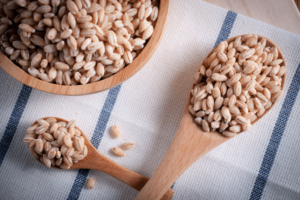
Pearl Barley: The Best Multipurpose Ingredient!
Pearl barley is often used in skincare products, especially in Japan. It’s been used for thousands of years as decorative beads and for medicinal purposes.

Pearl barley is often used in skincare products, especially in Japan. It’s been used for thousands of years as decorative beads and for medicinal purposes.

Buckwheat is often overshadowed by wheat and rice. Yet, its unassuming appearance belies a treasure trove of health benefits and a unique, nutty flavor.
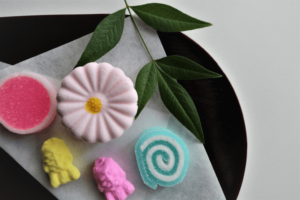
Kagawa Prefecture in Japan is home to wasanbon, a refined sugar encapsulating centuries of Japanese culinary artistry. With its delicate sweetness wasanbon is a staple in confectionaries.
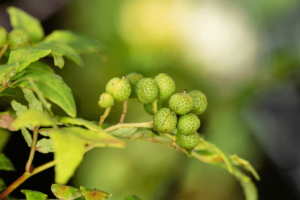
Sansho pepper (Zanthoxylum piperitum), or Japanese prickly ash, is a spice that has played a significant role in Japanese cuisine for centuries.
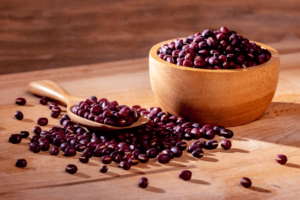
Azuki beans, which have shaped global cuisine and health. They have strong roots in Japanese culinary traditions, playing a versatile role in sweet and savory dishes.
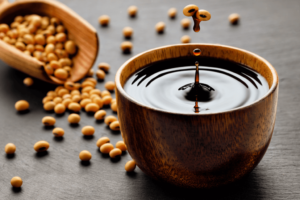
Welcome to Japanese flavors, where a common sight on restaurant tables is Japanese soy sauce. We’ll look closer at the story behind Japanese soy sauce, from its history to its varieties.
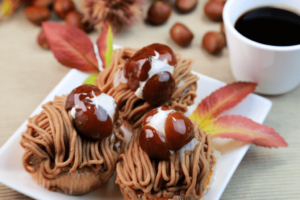
When autumn hits in Japan, people enjoy a plethora of seasonal desserts! The fall brings many sweet flavors, from the Mont Blanc dessert and to fried maple leaves.
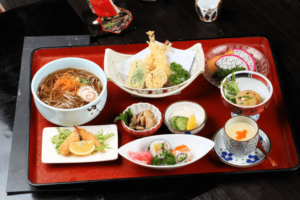
With centuries of history and cultural heritage, these banquet meals offer a unique dining experience that celebrates seasonal ingredients and the harmony of flavors.
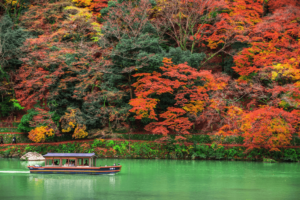
Arashiyama is a city that is about thirty minutes from Kyoto Station. Like Kyoto, it has a rich history and various experiences and attractions. Let’s look closer at the area and see what you can discover there!
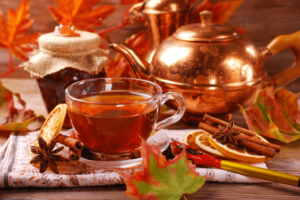
Maple leaves in Japan are famous for their excellent red appearance, especially in the fall. Let’s take a closer look at maple leaves, their related delicacies, and even one of the world’s first maple teas!
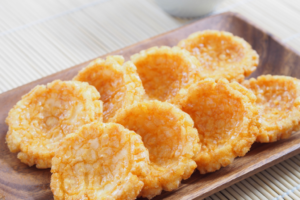
Okoge senbei are popular traditional Japanese rice crackers made from charred leftovers from cooked rice. You can find packaged okoge senbei lining the shelves of supermarkets and specialty stores alike.
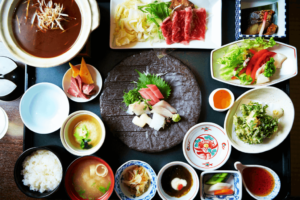
Kaiseki ryori is rooted in the traditional tea ceremony and influenced by Zen Buddhism. The cuisine celebrates harmony, flavor, and beautiful presentation.
Join our newsletter and receive tasty news and deals
Thanks! We just sent you an email to confirm your subscription. To finish signing up, please click the confirmation link in the email.
Error